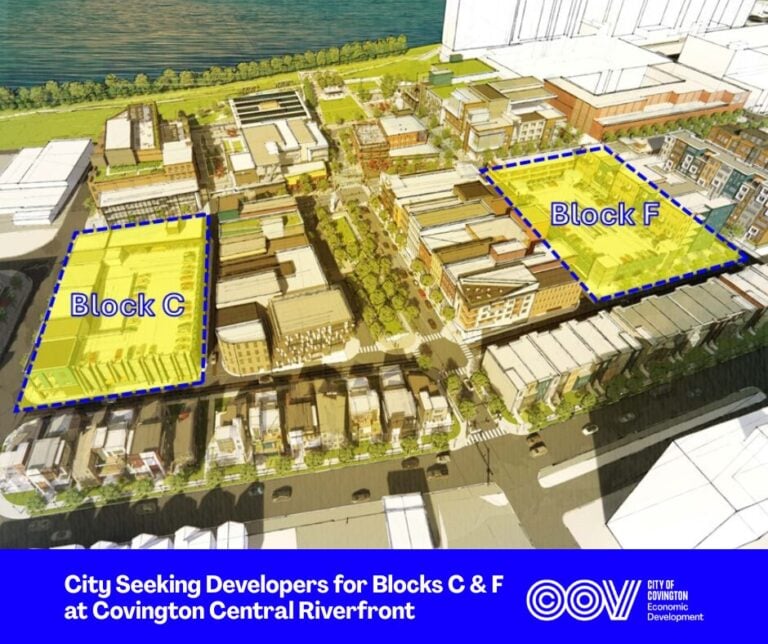By Mike McKenzie
Special to NKyTribune
It seems like hardly a day goes by without another announcement of an increase in the cost of a college education. Whether it be tuition, room or additional fees, it seems like a steady flow of bad news for college students and parents of college students, with little help on the horizon. For many parents and students, they have little if any control over the ever increasing costs of a college education resulting in a sense of powerlessness.
But there are some concrete steps parents and students can take while the student is still in high school. Before sharing those steps, first consider college costs that are rarely shared or discussed. When looking at the Chronicle of Higher Education, the 2013 college graduation rate from all public four-year colleges in the state of Kentucky was 24.2 percent in four years and 48.9 percent graduating in six years. The total number of students enrolled was 16,013.
An examination of all four-year private colleges showed 38.1 percent of the students graduated in 4 years with 50.6 percent graduating in 6 years. The total number of students enrolled was 5,229. For ease of discussion, approximately 50 percent of 21,000 students graduated from a public or private four-year college in six years from the school in which they started their college experience. While much has been written about these numbers and the tremendous amount of effort that has gone towards increasing these numbers in a positive manner, the intent here is to share the additional costs associated with these numbers.
When looking at the cost of an additional year of college, most consider the cost of tuition, room, books, board, etc. Realizing that these fluctuate greatly depending on a number of variables such in-state or out-of-state tuition, private or public college, etc, let’s use $25,000 as an average cost of an additional year of college.
Additional costs include the loss from not being in the work force full time (approximately $45,000), the loss of one year’s retirement contribution (approximately $6,750) and the loss of that one year’s retirement contribution compounded over 44 years (approximately $252,000 with a 4 percent employee match) bringing the total cost of one extra year of college to approximately $328,000 over the students lifetime.
With a graduation rate of 50 percent in six years, nearly one in every two graduates has lost $600,000 over their lifetime. While one might argue that these numbers are estimates and as such may be high, when factoring in the impact of not being in the workforce full time, the loss of one year’s retirement contribution and the compounding of that contribution over a 44 year period, the actual cost of each additional year is overwhelming.
One additional calculation-10,500 students took six years to graduate (50 percent graduation rate with 21,000 total students) with an estimated total cost of $600,000 per student resulting in a total estimated loss exceeding $6 billion over 44 years-this comes from one year’s graduation data in Kentucky.
The financial impact of these numbers creates a need for a response from both the students and the parents. Individual parents and students need to begin in middle school and high school. In addition to developing strong academic skills, students need to begin exploring their interests, passions and talents-waiting for college to do this many times results in changing majors 2-3 times moving a student toward the six-year college graduation plan.
I recently asked a college senior, one semester from graduation, the following question “What do you want to do when you graduate?” The response was “I really don’t know, I might go to graduate school,” creating further economic cost.
In addition, these numbers impact the community in such a manner that the entire community needs to be part of the solution in an intentional and coordinated manner. The financial impact of these numbers should serve as a call to coordinated action from all facets of our community.
The financial drain on the economy cannot be overlooked by any of us. We all have a stake in moving the needle from a six-year graduation rate to a four-year graduation rate.
The first step is to get everyone at the table and the second step is to change the conversation. For too long the focus of the conversation has been on what each of us as individuals, as individual businesses, as individual agencies and individual education institutions is doing to address the challenge.
The focus of the conversation and ultimately the work itself needs to shift to how we are going to work together, how we are going to harness our individual and collective resources and how we are going to realign our individual efforts to reach this community challenge.
While many have changed individual efforts, if we do not change the conversation and the work itself, we will not change the outcome. The challenge is bigger than any one of us but it is not bigger than all of us when working together.
Mike McKenzie is the executive director, Central Kentucky Region, NaviGo College and Career prep services.






















